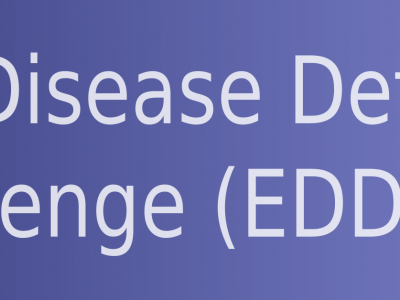Semantic Segmentation

When fuel materials for high-temperature gas-cooled nuclear reactors are quantification tested, significant analysis is required to establish their stability under various proposed accident scenarios, as well as to assess degradation over time. Typically, samples are examined by lab assistants trained to capture micrograph images used to analyze the degradation of a material. Analysis of these micrographs still require manual intervention which is time-consuming and can introduce human-error.
- Categories:
 185 Views
185 ViewsCAD-EdgeTune dataset is acquired using a Husarion ROSbot 2.0 and ROSbot 2.0 Pro with the collection speed set to 5 frames per second from a suburban university environment. We may split the information into subgroups for noon, dusk, and dawn in order to depict our surroundings under various lighting situations. We have assembled 17 sequences totaling 8080 frames, of which 1619 have been manually analyzed using an open-source pixel annotation program. Since nearby photographs are highly similar to one another, we decide to annotate every five images.
- Categories:
 147 Views
147 ViewsWe release MarsData-V2, a rock segmentation dataset of real Martian scenes for the training of deep networks, extended from our previously published MarsData. The raw unlabeled RGB images of MarsData-V2 are from here, which were collected by a Mastcam camera of the Curiosity rover on Mars between August 2012 and November 2018.
- Categories:
 1006 Views
1006 ViewsThe dataset contains UAV imagery and fracture interpretation of rock outcrops acquired in Praia das Conchas, Cabo Frio, Rio de Janeiro, Brazil. Along with georeferenced .geotiff images, the dataset contains filtered 500 x 500 .png tiles containing only scenes with fracture data, along with .png binary masks for semantic segmentation and original georeferenced shapefile annotations. This data can be useful for segmentation and extraction of geological structures from UAV imagery, for evaluating computer vision methodologies or machine learning techniques.
- Categories:
 484 Views
484 ViewsThis dataset extends the Urban Semantic 3D (US3D) dataset developed and first released for the 2019 IEEE GRSS Data Fusion Contest (DFC19). We provide additional geographic tiles to supplement the DFC19 training data and also new data for each tile to enable training and validation of models to predict geocentric pose, defined as an object's height above ground and orientation with respect to gravity. We also add to the DFC19 data from Jacksonville, Florida and Omaha, Nebraska with new geographic tiles from Atlanta, Georgia.
- Categories:
 8151 Views
8151 Views





